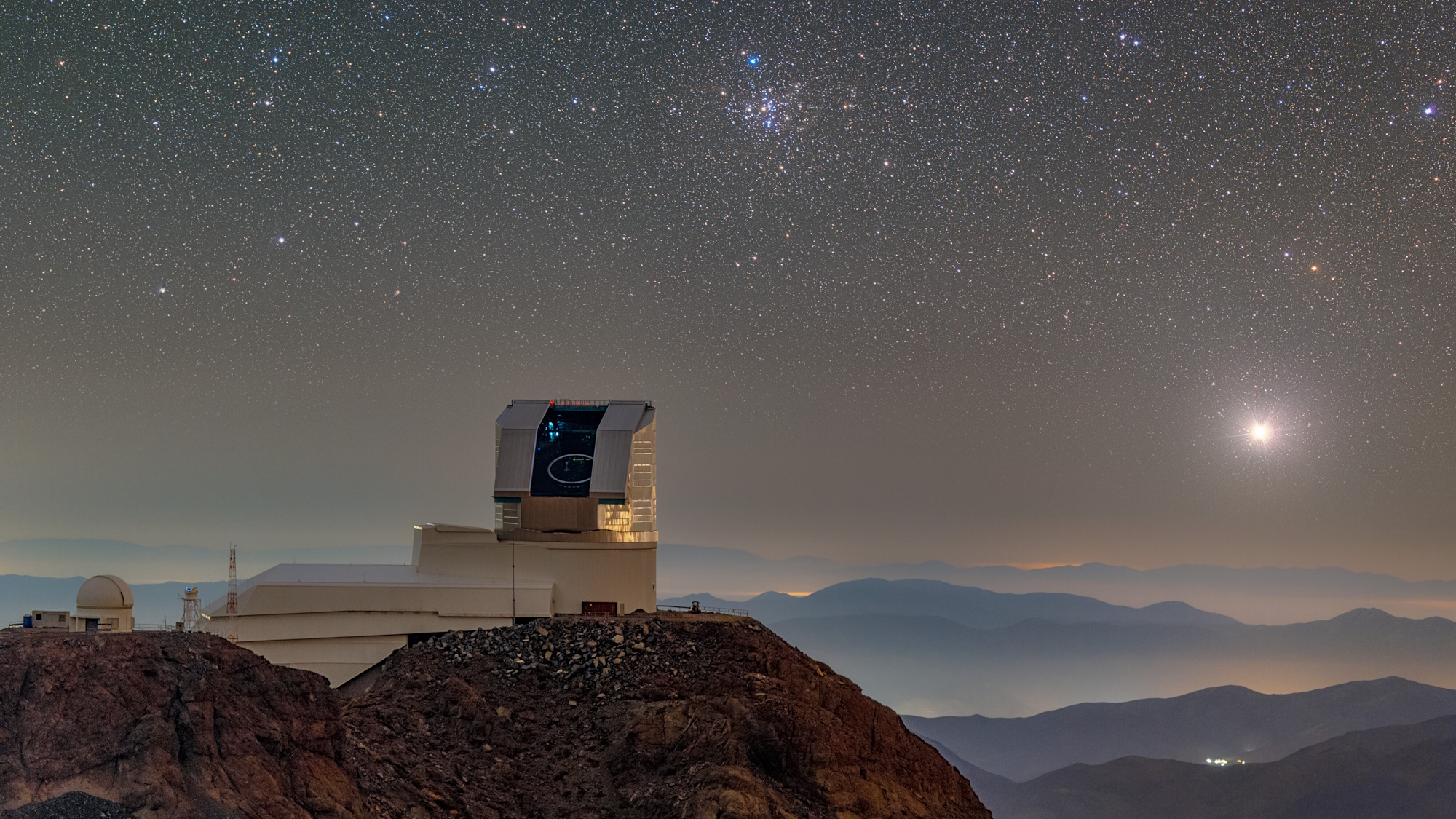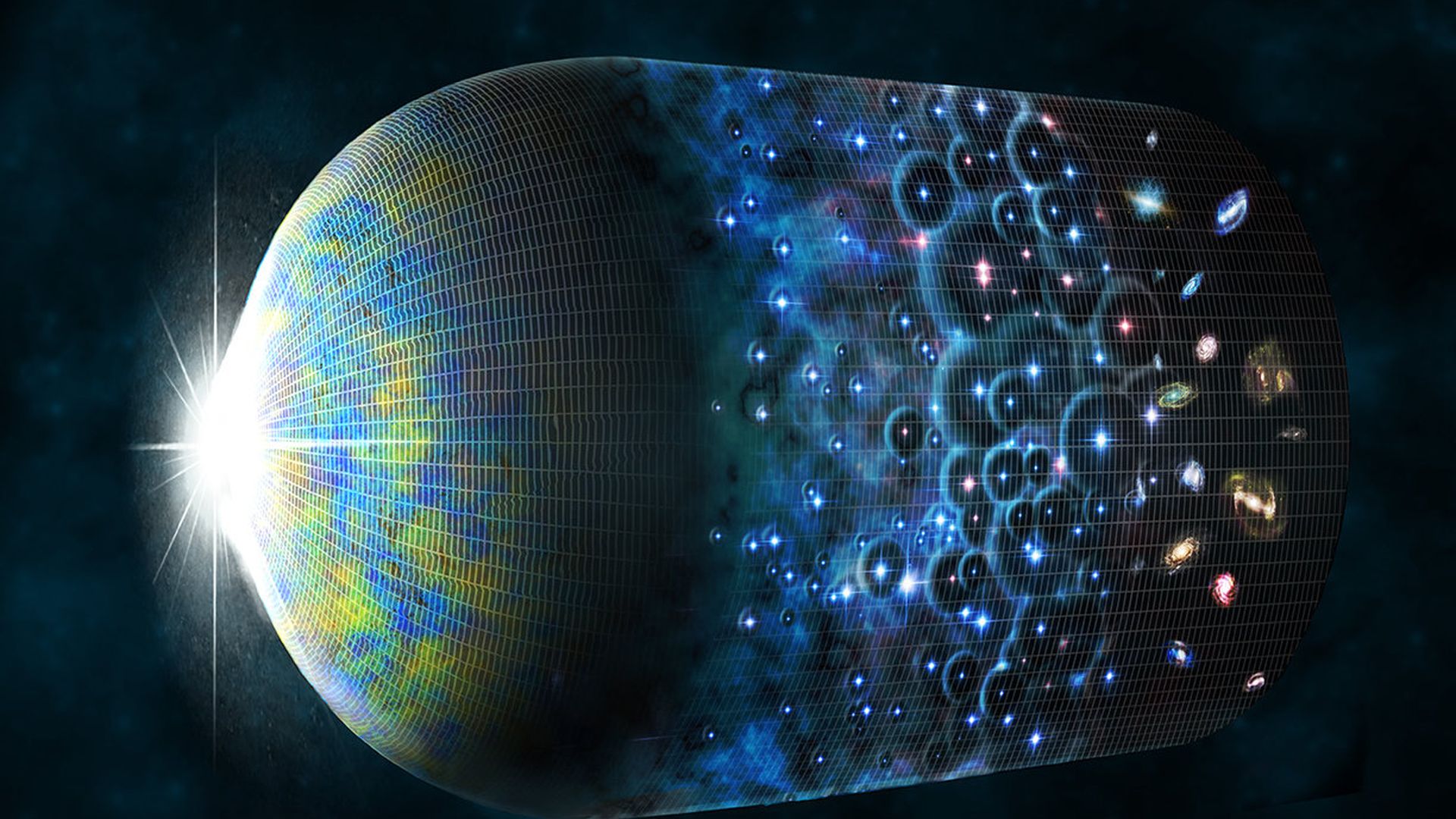How Much Of The Universe Is Dark Energy?

Article written by guest writer Kecia Lynn
What’s the Latest Development?
The phone-box-sized Dark Energy Camera, or DECam, has published its first sets of photos of the distant sky, showing in new detail galaxies that exist hundreds of thousands of light years away. The camera, currently sitting atop a telescope at an observatory in the Chilean Andes, is the centerpiece of a five-year joint project called the Dark Energy Survey. During this time period, the camera will capture one-eighth of the full sky, and detect light that is up to eight billion years old.
What’s the Big Idea?
The universe is expanding at an accelerating rate, with distant objects moving away faster than nearby objects. This discovery, which led to the 2011 Nobel Prize in physics, contradicts Einstein’s Theory of General Relativity, which was used to assert that the universe’s rate of growth would slow down due to gravity. Astronomers believe that the increase in speed is due to dark energy, which may be creating a gravitational “push.” With the Dark Energy Survey, they hope to discover how much of this dark energy makes up the universe: Current estimates put the amount at over 70 percent.
Photo Credit: Shutterstock.com





